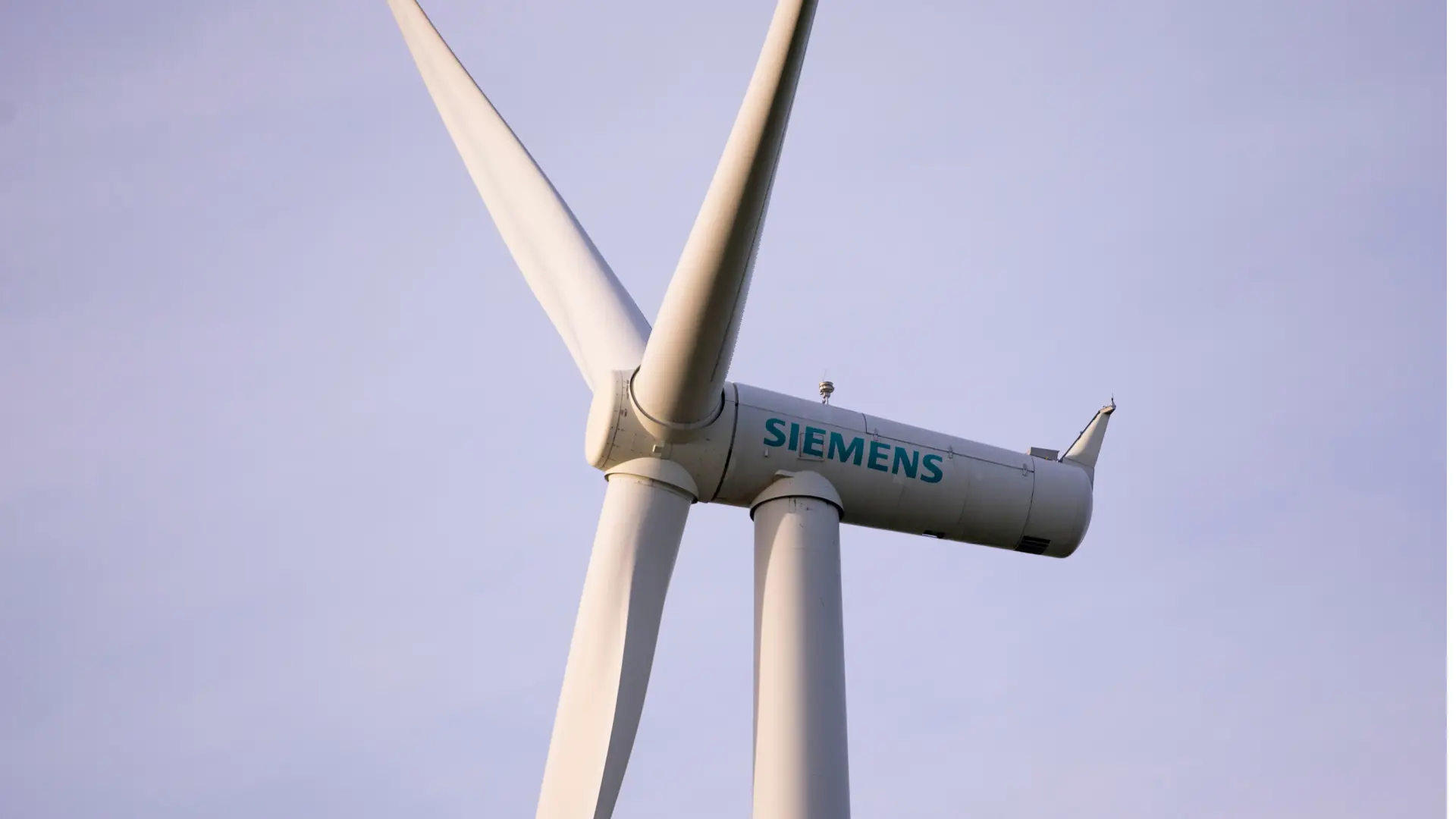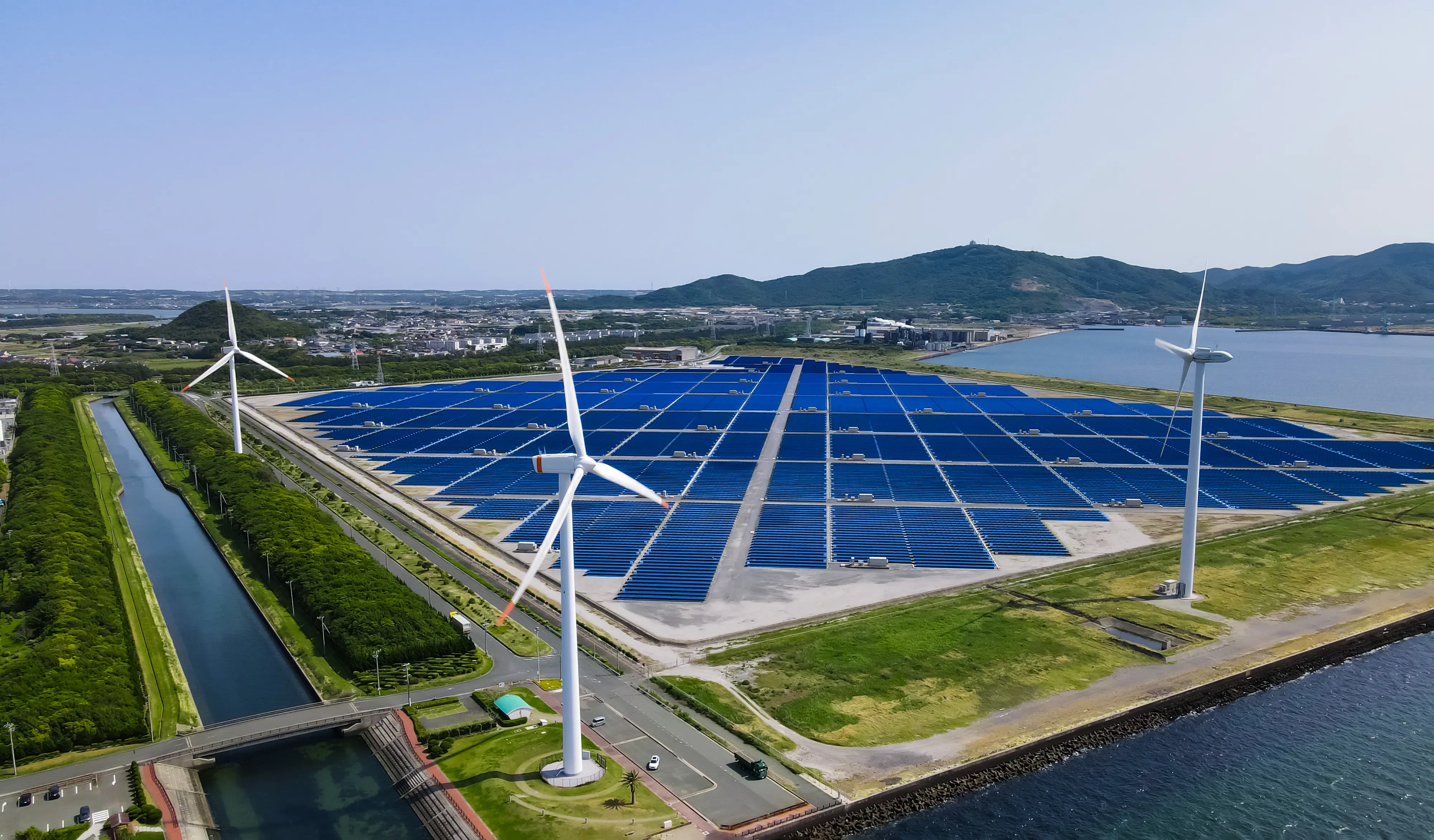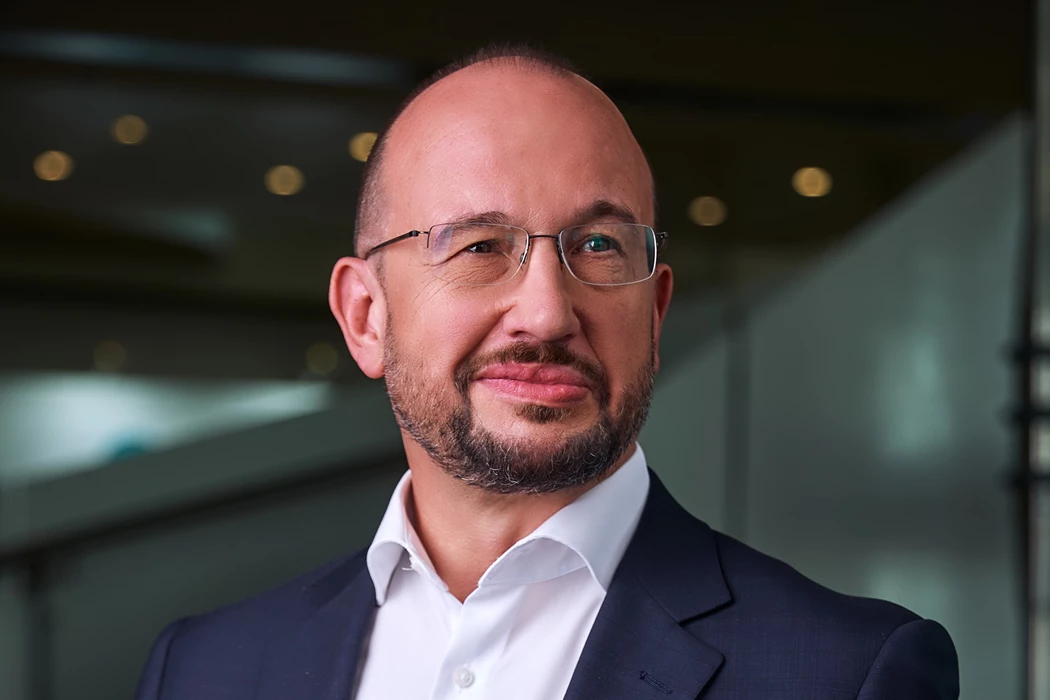Energy sector on the road to change
What is your outlook for the energy sector in 2021?
The energy sector is continuing to undergo significant change in 2021. This is being driven by economics and environmental need. Oil prices have recovered somewhat in 2021 but remain below the levels that many oil exporters are used to or are comfortable with. We are seeing many oil and gas exporters accelerating the diversification of their economies, reducing domestic oil and gas consumption, and improving efficiency.
As such, we are seeing a much greater push to decarbonise the energy sector, with more renewable energy projects, and efforts to digitalise and decarbonise traditionally carbon intensive processes. Almost 30 percent of global electricity today comes from renewable sources like hydropower, wind, and solar. The Middle East is accelerating this transition to renewables and is forecast by the IEA to be the fastest growing renewables market, with around 5.6 GW of renewables expected to be added across the region in 2022, representing around 37 percent growth.
What impact has the global pandemic had on Siemens Energy business in the region??
COVID-19 has been the biggest disruption to the energy market I have ever seen. Operationally, it has been challenging, with travel and transport restrictions, but our strong local presence in the countries in which we operate, and our innovative technologies, has meant we have been able to serve our customers effectively both on site as well as remotely.
In terms of the energy market, the IEA estimates global energy demand fell 5 percent in 2020. The pandemic has changed the way we consume energy, the way we work, shop, live. How much of this change will be lasting remains to be seen, but our lifestyles have been altered and it has driven the changes that we were all looking at for quite some time. We are now focusing more on renewables and what we are calling the energy transition. It is a matter of how we can make our current systems more robust and how can we make them greener and more sustainable.
In the longer term, as populations grow and access to energy improves, global electricity generation is expected to grow three-fold from 26,380 terawatt hours (TWh) in 2018 to close to 78,700 TWh in 2050, according to IRENA.
The impact from the pandemic has affected the global economy and particularly the economies of regional oil exporting economies. Aramco just reported a 44 percent reduction in net income in 2020, calling it one of the most challenging years in recent history. We are starting to see regional economies formulate plans to diversify their economies, improve efficiency, reduce emissions, and energy is playing a key role in this transformation.

Windmill in Lithuania
Are you seeing a global tilt towards clean energy?
The move towards clean energy is a certainty. We are seeing this move towards accelerating decarbonisation.
I see great moves in every country’s continuing efforts to reduce CO2 and increase efficiency. The UAE wants the emission-free share in its energy mix to be 50 percent by 2050. Meanwhile, Saudi Arabia’s new target is to reach 50 percent renewable energy by 2030. Similarly, Qatar wants to reach 20 percent from solar generation by 2030. Kuwait is also looking at 15 percent renewable energy by 2030. While Oman has announced 10 percent by 2025.
For its part, Egypt is set up well with the mega-projects we have done there. They have one of the most modern and efficient electricity systems in the world and they are also pushing green initiatives. The Minister of Renewable Energy and Electricity, Dr. Mohamed Shaker, announced that they want to have a 30 percent share of renewables in their grid by next year and are pushing this to 42 percent by 2035.
If you look at 2030, based on current governmental plans across the region, there will be a reduction of 354 million barrels in the global annual oil consumption – a 23 percent decrease. That is a positive change for the climate and a big change for energy generation. It forces this region to look for new businesses to continue to be a worldwide leader and provider of electricity and energy. It is not all related to COVID, but we are seeing a big drive from the pandemic, and from digitalisation, moving us towards this direction.
What energy transition solutions are you focusing on?
We are a leading energy technology company and aim to be a leader in the energy transition. We have a long legacy in the Middle East, stretching back over 150 years. Across the region each country, and company, is at a different stage in the energy transition. In order to help them, we need to develop and adapt concepts, depending on where they are in the transition. That is what Siemens Energy stands for and we have established it globally.
Siemens Energy now has Siemens Gamesa Renewable Energy, which is one of the largest wind companies in the world. We have a huge amount of wind turbines all over the world. We are one of the leaders in producing green energy. From a portfolio perspective, we have the renewable generation and the gas turbines, which we feel will be the bridge fuel over the next few years. Today, gas turbines are running with natural gas but ours are also capable of running on hydrogen. If it is green hydrogen, then it is completely green electricity. Today, they can take up to 60% hydrogen but by 2030, this will be up to 100 percent.

Solar power plant to showcase renewable energy
Innovation is a key focus for us. Digitalisation is one of the most important drivers of the energy transition, enabling remote monitoring and remote operations, enabling us to forecast, predict and simulate individual aspects or whole energy systems. The benefits include efficiency, reduced consumption, reduced emissions, and reduced downtime.
As the energy transition gathers pace, we will see renewable energies form the backbone of our electricity grids. This in itself will create issues, around energy availability and energy stability, due to the intermittent nature of electricity from solar and wind. Monitoring and stability solutions will form a key part of the energy transition.
As part of innovations, we are also developing new technologies and advancing developing technologies like green hydrogen, which can be used as carbon neutral energy storage solutions or as fuels or as feedstock in industrial processes.
How is Siemens Energy pushing green hydrogen in the Middle East?
Countries and companies across the region are seriously looking at green hydrogen as an important tool in decarbonising industry.
In partnership with Dubai Electricity and Water (DEWA) and Expo 2020 Dubai, Siemens Energy is building the region’s first solar-driven hydrogen electrolysis facility at Dubai’s Mohammed bin Rashid Al Maktoum Solar Park. The facility, which is the in the final stages of completion, will demonstrate and test an integrated megawatt scale plant to produce hydrogen using solar photovoltaics, store the gas and then deploy it for re-electrification, mobility or industrial use. With zero emissions, the plant demonstrates how green electrification can support the decarbonisation of the UAE’s economy, and advance Dubai’s ambition to generate 75 percent of its power output from clean sources by 2050.
Earlier this year we also signed agreements with Mubadala to develop the green hydrogen industry and economy in Abu Dhabi, and with Masdar and other international partners to develop a green hydrogen demonstrator plan which will produce hydrogen for automotive transport fuel and use hydrogen to produce synthetic aviation fuel.
We have also signed an agreement with the government of Egypt, earlier this year, to develop their hydrogen economy, further opening the potential of the technology across the region.
The green hydrogen industry is still in its infancy and there is a long way to go to ensure its viability. But progress is steady, market appetite is there, and by the end of this decade, it is likely to be a competitive solution as a carbon neutral fuel and industrial feedstock.
What are your key projects in the region?
Our key projects involve supporting our customers and our partners to decarbonise their energy systems, and provide access to stable, affordable, and efficient energy to society.
These range from providing service contract to utilities, like our agreement with Kuwait’s Ministry of Electricity and Water to maximise performance, lower operating costs and deliver better and more reliable network operations at 116 high-voltage substations. Or, jointly developing award winning innovative technologies which improve asset availability, efficiency and reduce emissions, such as our work with DEWA on a Thermodynamic Digital Twin Gas Turbine Intelligent Controller for the Jebel Ali power Plant. Or, helping to maintain stable energy supply in countries like Saudi Arabia, where we are supplying 20 compressor trains for Saudi Aramco’s Hawiyah Unayzah Gas Reservoir Storage (HUGRS) project. As well as individual projects, we work with our partner countries to develop energy roadmaps, like we successfully delivered for Egypt, and are working on creating with Afghanistan.
Do you see partnerships as key to your strategy going forward?
Partnership is a core component of Siemens Energy’s strategy. No one company or country can be successful alone in the energy transition. We need to draw on each other’s skills and collaborate with each other.
To propel the clean energy revolution and advance new technologies, we need to form strong partnerships across industries, to facilitate learning transfer, enhance our ability to solve the new problems that will arise, and develop new ways of working.
To facilitate partnership on the energy transition, in May we signed a partnership agreement with the International Renewable Energy Agency (IRENA) aimed at advancing the global energy transition based on renewable energy, in support of sustainable development goals and climate action. This wide-ranging collaboration extends to a variety of opportunities including roadmap development prioritizing communities and regions presently lacking access to modern energy, developing the business case for green hydrogen fuel as a major contributor for the energy transition, jointly supporting decarbonization efforts for heat generation and industrial processes, including hard to abate industries like cement, steel and petrochemicals, and facilitating private sector investment in the renewable energy sector.
We strongly believe that a strong partner ecosystem provides resilience, differing experience, and knowhow, and is the only way to accelerate progress.






